

Boost Outbound Conversions: 10 Strategies That Actually Work


Outbound sales is tough. You spend hours crafting emails, dialing leads, leaving voicemails, and watching your messages vanish into the void. It’s frustrating. And it’s easy to think the problem is outbound itself.
But it’s not. It’s how you’re doing it.
The truth is, outbound still works. In fact, when done right, it works better than ever. But “right” doesn’t mean more tools or more volume. It means smarter targeting, sharper messaging, and using every channel like a human, not a spam bot.
This guide breaks it down. No fluff. Just real strategies to help you convert more, sound better, and get results that don’t feel like a fluke.
1. Define and Target the Right Outbound Sales Prospects
Build Detailed Buyer Personas for Better Conversions
Let’s be real. If you’re trying to boost outbound conversions but don’t know who you're targeting, you’re setting money on fire. You need sharp, well-defined buyer personas. Not just vague ideas like “marketing manager” or “IT director.” Those don’t cut it.
A good persona includes job title, company size, industry, day-to-day challenges, and even the way they prefer to communicate. But it also goes deeper. What keeps them up at night? What’s going to make them look like a rockstar at work? That’s the kind of stuff that makes your outbound messaging hit.
You don’t need a dozen personas either. Start with one or two that match your best customers. Interview your sales team. Look at customer success feedback. Dig into closed-won deals. Then reverse-engineer the patterns. The goal is clarity, not complexity.
Use Lead Scoring and Intent Data to Prioritize Prospects
Once you’ve nailed your personas, you’ve got to figure out who’s actually worth reaching out to. That’s where lead scoring and intent data come in.
Lead scoring ranks prospects based on how closely they match your ideal customer profile and how engaged they are. Think job title, industry, and past interactions. Someone who clicked a pricing link? Higher score. Someone in the wrong geography or company size? Lower score.
Intent data is like a cheat code. It shows you who’s actively researching your solution or something close to it. These are people already in buying mode. If you’re not reaching out to them now, your competitors probably are.
Prioritizing the right leads means your reps stop wasting time on tire-kickers. It also means your emails and calls land when the buyer’s actually paying attention. That timing makes all the difference.
Outbound doesn’t work because it’s loud. It works because it’s precise.
2. Personalize Your Outbound Messaging to Increase Engagement
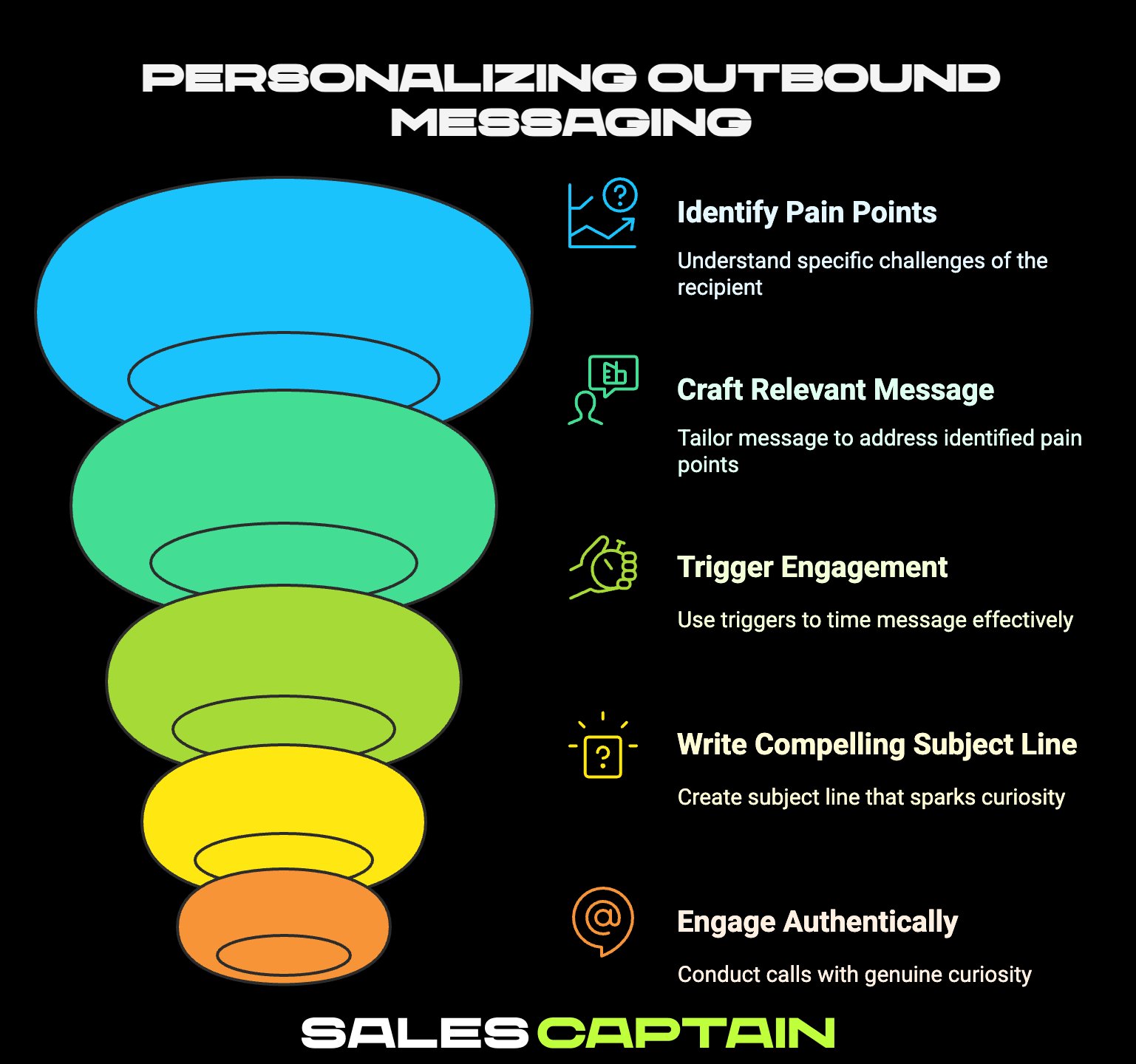
Customize Messages to Fit Pain Points and Triggers
If your outbound message looks like a template, it’s going to die in the inbox. People can sniff out copy-paste a mile away. What gets attention? Relevance. That means personalization that actually matters.
Start with the obvious. Mention something real about their company or role. Then tie it to a pain point they actually feel. Did they just raise a funding round? Don’t congratulate them. Everyone does that. Talk about how growth usually exposes process gaps and how your tool fills one. That’s personalization with teeth.
You also want to catch them when they’re already thinking about a problem you solve. These are your triggers. New job titles, product launches, recent hiring sprees, or even a frustrated LinkedIn post. These are openings. Your message needs to show up like a solution that already fits the moment.
It’s not about being clever. It’s about showing them you did your homework and you’re not wasting their time.
Write Subject Lines That Improve Open Rates
You’ve got one shot. If the subject line doesn’t hit, the rest of the email might as well not exist.
So here’s the deal. Ditch the gimmicks. No “quick question” or fake threads. They worked in 2016. Now they scream spam. The best subject lines are short, specific, and curiosity-driven. Think less than 8 words. Make them wonder what’s inside, but keep it honest.
Instead of “Helping with sales goals,” try “Saw this gap on your site.” Or “Sales tip for Q3.” It hints at value without sounding like a pitch. Use language that mirrors how real people talk, not how marketers write.
And if you’re emailing someone mobile-first, which is most people, make sure those first few words pop in the preview.
Keep Cold Call Scripts Conversational and Authentic
Here’s what doesn’t work on cold calls: sounding like you’re reading a script. Nobody wants to be pitched by a robot. You’ve got to sound like a person who’s genuinely curious, not someone who’s waiting for a checkbox to get marked.
The best cold calls are short and natural. Lead with context. Say why you’re calling them specifically. Be up front about what you’re offering. Then pause. Let them react. A little silence creates space for a real conversation.
And don’t be afraid to go off-script. Great reps treat the script like a guide, not a rulebook. They adjust based on the mood, the tone, even the noise in the background. If the person’s walking into a meeting, get to the point or offer to call later. If they sound curious, dig in.
The goal isn’t to say everything. It’s to say just enough to earn a real reply or another few minutes.
3. Use a Multi Channel Outbound Outreach Strategy
Integrate Cold Calls, Emails, LinkedIn, SMS, and Direct Mail
Here’s the thing. If you’re only using one channel for outbound, you’re playing with one hand tied behind your back. Buyers live across platforms now. They check email in the morning, scroll LinkedIn at lunch, and dodge cold calls all day long. You’ve got to meet them where they are.
Cold calls are still gold if you know how to use them. Emails work when they’re personalized and timely. LinkedIn is perfect for soft touch points. SMS can cut through when it’s not overused. And direct mail? It might feel old school, but a clever postcard can stand out more than another hundred unread emails.
The key is to not hit every channel at once like a spam cannon. Space it out. Use each touch to build context, not repeat the same message. A light LinkedIn connection request today might make tomorrow’s call feel a little more natural.
Multi channel doesn’t mean more noise. It means smart timing and consistency across formats.
Create Consistent Follow Up Sequences Across Channels
Following up isn’t annoying. Being irrelevant is. When you follow up with context and purpose, it shows persistence, not desperation.
But here’s where a lot of reps mess up. Their follow ups are either too random or too repetitive. One message talks about pricing, the next about a case study, then suddenly it’s a webinar invite. None of it connects.
Your sequences need rhythm. Build a storyline. Start with value. Add proof. Then create urgency. You’re not just asking for time, you’re earning attention. And spread your touches across channels. Maybe the first touch is email. The second is a LinkedIn message. The third is a phone call. All pointing toward the same ask.
Also, don’t be afraid to go beyond three or four touches. Sometimes it takes seven or more. The key is to space them in a way that doesn’t feel robotic. People will notice if you’re showing up with purpose.
4. Prepare With Research Before Every Outbound Touch
Analyze Prospects’ Company, Role, and Industry Context
Blanket outreach is dead. If you’re not taking five minutes to research before you reach out, you might as well not reach out at all. Real personalization starts with context, and that means doing your homework.
Check their company website. Read recent press releases. See what roles they’re hiring for. All of that tells you what’s shifting inside their business. Then zoom in on the individual. Look at their LinkedIn activity. Have they posted something recently? Commented on anything? Are they new to the company or role?
Also, learn a bit about their industry. What trends are hitting their vertical right now? Are budgets tightening? Is there pressure to adopt new tech? The more you understand their world, the better your message lands.
You don’t need to write a report. But you do need a reason for reaching out that makes sense in their eyes, not just yours.
Align Scripts and Offers With Buyer Journey Stages
Not every prospect is at the same stage. Some are problem-aware and looking. Others haven’t even realized there’s a better way yet. If your script talks about features to someone who’s just learning about the issue, it’ll fall flat.
You need to match the message to the moment. Early stage? Lead with insight and education. Show them something they haven’t thought about yet. Mid stage? Now you can introduce social proof, comparisons, and ROI. Late stage? That’s when urgency and next steps come into play.
Same goes for your offer. Don’t push a demo right away if they’ve never heard of you. Maybe offer a resource or ask a quick question first. Make the call to action feel like a logical next step, not a leap.
When your script flows with their journey, it stops sounding like a script. It sounds like a conversation they actually want to have.
5. Develop High-Converting Outbound Sales Scripts
Open Strong, Handle Objections, and Close Effectively
First impressions matter. The first ten seconds of a call or the first sentence of an email can make or break the rest of the interaction. That’s why your script needs to open with clarity and purpose, not fluff.
Skip the “how are you today?” It’s filler. Instead, lead with relevance. Mention something specific about them or their company. Then quickly explain why you’re reaching out. You want them thinking, “Okay, this is different.”
Now for the middle. Objections will come. Don’t dodge them. Expect them. A good script includes natural responses, not canned rebuttals. If someone says, “We already use someone for this,” acknowledge it. Then add value. “Makes sense, most teams do. But here’s where we’re a little different…”
Closing is where a lot of reps freeze. You don’t need a hard sell. Just a clear next step. That could be a calendar invite, a link to a resource, or even a simple yes to another call. The goal is momentum, not a miracle.
Balance Script Structure With Emotional Intelligence
Here’s the truth. A script is only as good as the human using it. You need structure, sure. But it’s got to feel like a real conversation, not a checklist.
The best reps use scripts like musicians use sheet music. It guides the flow, but they know when to riff. They pick up on cues. If someone’s rushed, they trim the fat. If someone’s curious, they lean in and explore more.
This is where emotional intelligence kicks in. Pay attention to tone, pacing, even word choice. Mirror the prospect a bit. If they’re casual, you don’t need to be stiff. If they’re direct, skip the small talk.
A well-built script with emotional flex gives your team a real edge. It keeps things consistent without sounding robotic. And that’s exactly what makes people want to keep talking.
6. Boost Outbound Performance Using Sales Tools
Use Power Dialers, CRM Systems, and AI Assistants
Tech doesn’t replace skill. But it can seriously level up your outbound game when used right.
Power dialers help reps call more leads in less time. That’s not about speed for the sake of it. It’s about spending less time dialing and more time talking. More connects, more chances to convert.
CRM systems are your memory bank. They track every interaction, log notes, schedule follow ups, and keep everyone on the same page. A disorganized pipeline leaks revenue. A clean CRM keeps your team focused on the right stuff.
And AI assistants? They’re not just trendy. They can transcribe calls, summarize insights, and even suggest the next best action. That means less admin, more selling.
The best outbound teams don’t just hustle. They use tools to make that hustle smarter.
Track Calls, Email Opens, and Engagement Metrics
If you’re not tracking, you’re guessing. And in outbound, guessing is expensive.
You need visibility into what’s working and what’s getting ignored. Are emails being opened? Which subject lines perform best? Which call times get the most connects? Every touchpoint tells a story. You just need to read the data.
Tracking isn’t about micromanaging reps. It’s about learning fast and adjusting faster. If one rep is crushing it on LinkedIn, figure out why. If a call script tanks every Tuesday afternoon, maybe the timing’s wrong.
Metrics help you coach better. They help you scale what works and cut what doesn’t. And most importantly, they help you stop wasting time on things that feel good but don’t convert.
7. Optimize Outbound Campaigns Through Testing and Analytics
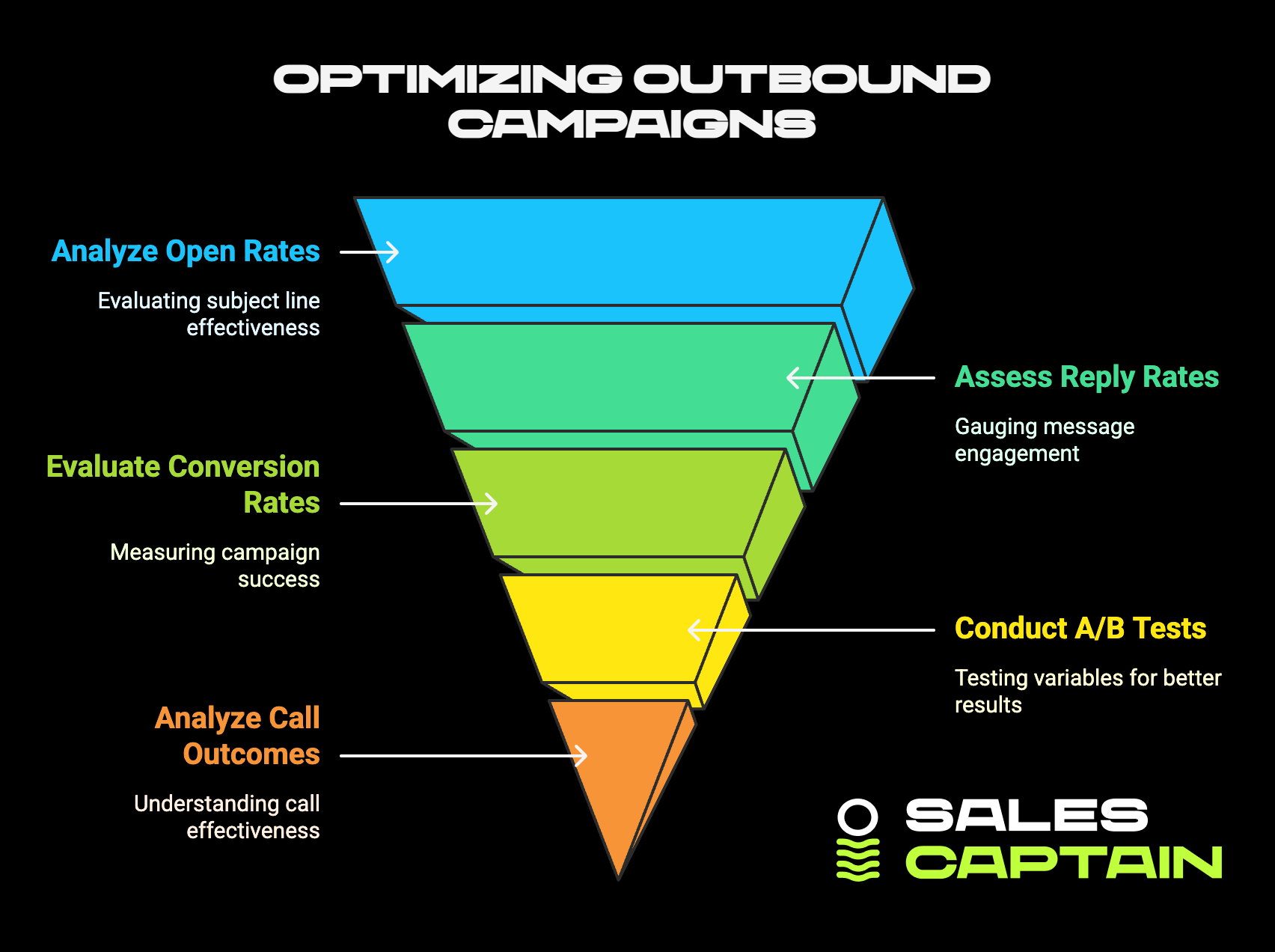
Monitor Key Metrics Like Open, Reply, and Conversion Rates
You can't fix what you don't track. Outbound lives and dies by numbers. Open rates show you if your subject lines are cutting through. Reply rates tell you if your message is connecting. Conversion rates reveal if all that effort is actually paying off.
Don’t get lost in vanity metrics either. A high open rate feels good, but if replies are low, your content needs work. Same goes for replies that don’t turn into meetings. Every metric is part of a bigger picture. You need to see the whole thing.
Weekly reviews should be a ritual. Track your outreach by persona, channel, and timing. The trends will tell you what to double down on and what to ditch.
Run A/B Tests on CTAs, Subject Lines, and Sequences
If you’re not testing, you’re just hoping. A/B testing gives you real data on what works. And the best part? You don’t need massive sample sizes to start learning.
Test two subject lines. See which one pulls more opens. Try two versions of your CTA. Maybe “Want to connect for 15 minutes?” beats “Interested in a quick chat?” You won’t know until you test.
But here’s what matters. Only test one variable at a time. If you change the subject line and the body copy, and it wins, you won’t know what did it.
Let the data speak. Then build your next move around it.
Analyze Call Outcomes and Iterate Your Approach
Call tracking isn’t just for managers. Reps should be listening back too. What’s getting the best reactions? Where do conversations drop off? Are objections getting handled smoothly or getting skipped?
Use tagging. Label each call outcome. Was it a connect, a no-show, a callback request, or a full pitch? Patterns will pop out fast. You’ll see what days and times are best. You’ll spot script moments that need tightening.
Iteration is the name of the game. Small tweaks, based on real calls, make future calls sharper. This is how average reps get better and good reps become top performers.
8. Scale Outbound Sales Without Losing Personalization
Focus on High-Intent Leads and ICP Accounts
Scaling doesn’t mean blasting your list. It means targeting better, faster. That starts with prioritizing high-intent leads and sticking close to your ideal customer profile.
Your best-fit accounts should feel like they were handpicked. Because they were. Use filters like tech stack, funding stage, team size, and industry. Pair that with intent signals. Are they hiring for roles that match your solution? Searching related keywords? Attending webinars in your niche?
When your outbound list is full of the right people at the right time, you don’t need to sacrifice personalization. You just need systems to support it.
Outsource or Build Teams Strategically for Volume Growth
There comes a point when one rep can’t do it all. If you’re hitting that wall, you’ve got two choices. Build in-house or outsource. Either can work, but you need to pick based on your growth goals.
Outsourcing helps when you need quick volume without long hiring cycles. You get a trained team that’s ready to roll. But it’s only worth it if you’ve got clear messaging and a process they can follow.
Building a team gives you more control and better alignment. It takes longer, but you get reps who understand your brand from the inside out.
Whichever path you take, the goal is the same. Scale without slipping into spammy territory. Volume is nothing without connection.
9. Build Trust in Cold Outreach With Social Proof
Use Case Studies, Testimonials, and Customer Logos
Social proof is your shortcut to credibility. When a stranger sees that companies like theirs already trust you, it lowers the resistance instantly.
Don’t just name-drop logos though. That’s lazy. Use mini case studies. “We helped [similar company] cut onboarding time by 40 percent in three weeks.” That hits way harder than just saying they’re a client.
Screenshots of testimonials work great too. Bonus if they’re from someone with the same title as the prospect you’re emailing. It creates a mirror effect. They see someone like them winning with you, and suddenly the pitch feels less risky.
Use this in your emails, call scripts, even LinkedIn messages. It’s not bragging. It’s proof that you’re not just making promises.
Lead With Value to Earn Credibility Quickly
Trust doesn’t come from what you say. It comes from what you give.
Start every touch with value. That could be an insight, a stat they haven’t seen, a quick audit, or even a relevant trend. When you lead with something useful, you buy yourself attention.
And once they trust that you know your stuff, they’re way more open to hearing what you offer. That’s when the real conversation starts.
The key is to stop thinking like a seller and start thinking like a peer who knows something worth sharing.
10. Continuously Improve Outbound Conversion Rates
Gather Feedback From Sales Calls and SDR Teams
Your frontline reps are sitting on a goldmine of insight. They hear the objections, the pauses, the random stuff prospects blurt out that never shows up in reports. That’s raw feedback you can’t afford to ignore.
Make it part of the routine. Weekly call debriefs. Quick Slack check-ins. Even just asking, “What’s landing this week and what’s not?” You’ll hear what messaging feels tired and what’s getting attention. Let reps shape the script. They know what works better than most slide decks ever will.
And the best part? When reps know their input actually drives changes, they engage more. The whole team gets sharper together.
Adjust Messaging Based on Data and Buyer Behavior
If your message hasn’t changed in three months, you’re behind. Buyer priorities shift fast. What worked last quarter might miss the mark now.
Pull insights from the data. Look at response trends. Are people engaging more with use-case driven emails or stat-heavy ones? Is urgency working or does it feel forced?
Then tie that to real behavior. What content are buyers clicking? What phrases are they repeating on calls? Update your messaging so it feels timely, not recycled.
The small tweaks matter. A single word in a subject line or a different CTA can swing conversion rates more than you’d think.
Test Innovative Tactics Like Reverse Cold Calling
Every once in a while, it pays to flip the script.
Reverse cold calling is when you warm up the prospect before the call hits. Maybe it starts with a short, sharp comment on LinkedIn. Or a personalized video sent through email. Then you call, referencing that touch.
You’re not calling out of nowhere. You’ve already left a breadcrumb. It makes the call feel more familiar. Less random.
It’s not a replacement for great messaging. It’s just another way to stand out when inboxes and call logs are packed with noise.
FAQs About Boosting Outbound Conversions
A solid baseline looks like this: email open rates around 50 to 60 percent, reply rates between 15 and 30 percent, and if you’re calling, about 20 percent of those conversations should lead to a demo. These aren’t hard rules, but they’re healthy targets.
Start with personalization that actually matters. Reference their role, something they posted, or a shift in their company. Then time it right. Mondays are tough, Fridays are risky. Middle of the week wins more often.
Mid-morning or late afternoon, Tuesday to Thursday. You want to avoid the email backlog early Monday and the weekend fade on Friday. Catch them when they’ve had coffee but before they’re buried in meetings.
Usually five to seven across channels. Think email, call, LinkedIn, maybe even a quick video or text. The magic is in the mix and timing, not just how many.
CRMs like HubSpot or Salesforce. Power dialers like Orum or PhoneBurner. Email automation from Outreach or Apollo. And AI assistants that handle call summaries or follow up suggestions help reps move fast without losing personalization.
Look at connect rate, demo rate, and close rate. Track how many touches it takes per conversion. And always measure by rep and by segment to see what’s really working and where.
If you need quick volume or don’t have bandwidth to build an internal team, outsourcing can work. But only if you have tight messaging and clear ICPs. Otherwise, you’re paying to scale confusion.
Use bullet points instead of full paragraphs. Practice with your team so your tone sounds natural. And be okay with going off script. The best conversations happen when reps follow the flow, not the playbook.
RELATED ARTICLES
Lorem ipsum dolor sit amet, consectetuer adipiscing elit, sed diam nonummy nibh euismod tincidunt ut laoreet dolore magna aliquam erat volutpat.
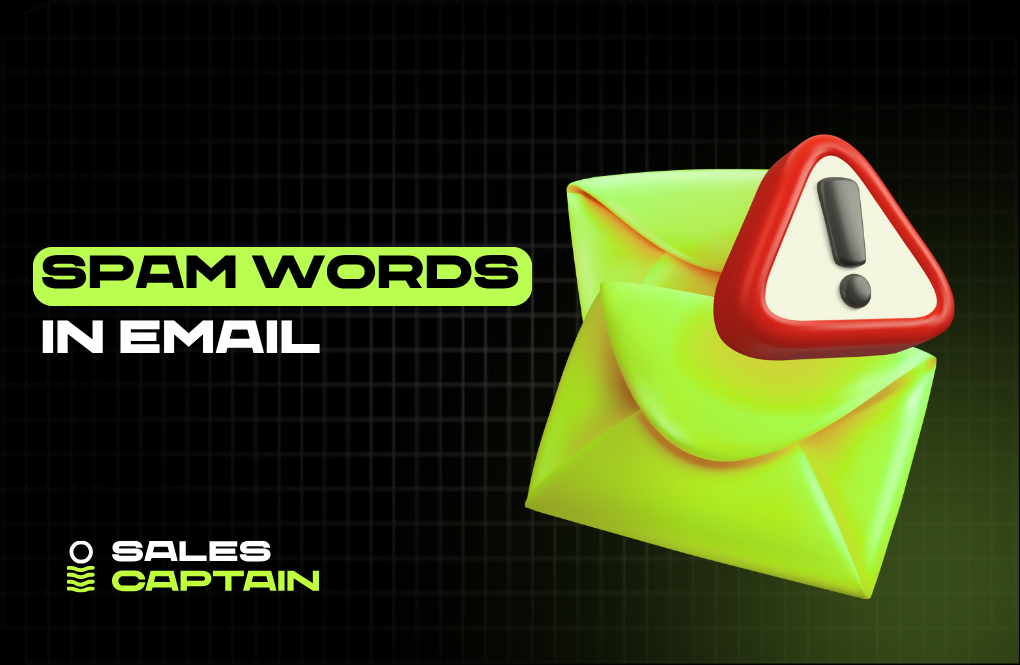

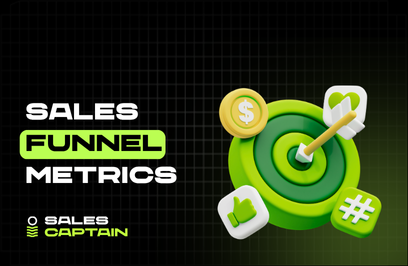

.jpg)
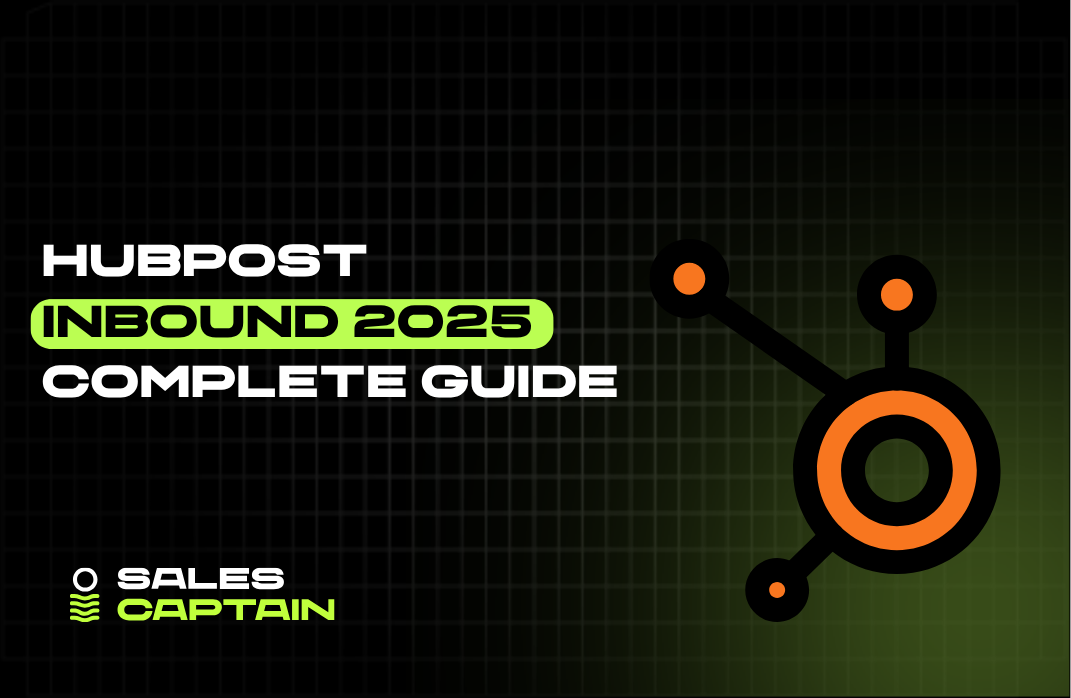
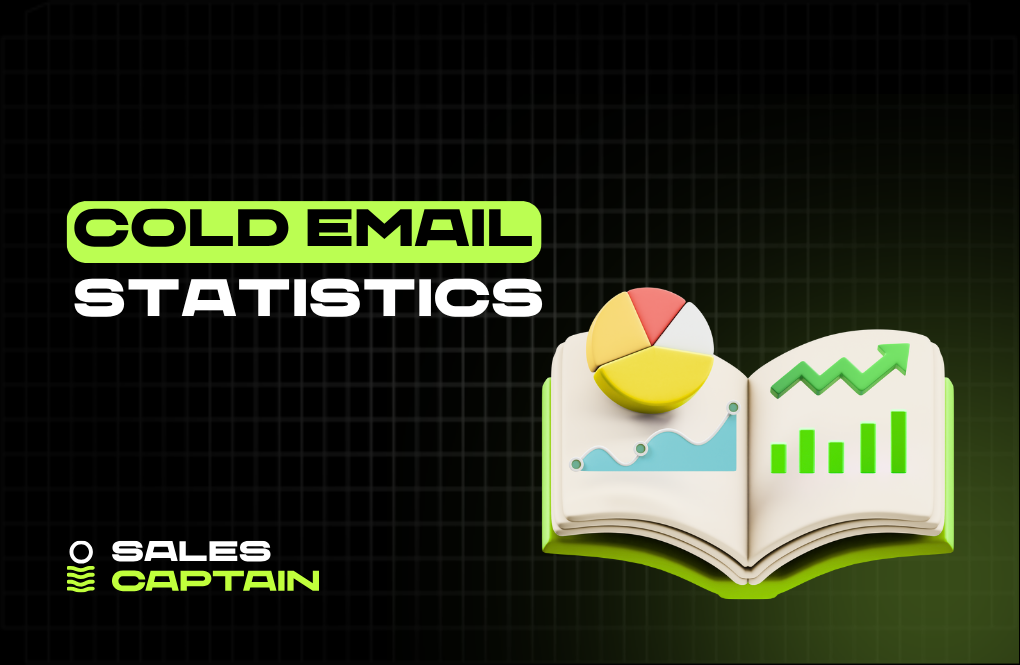
.png)


